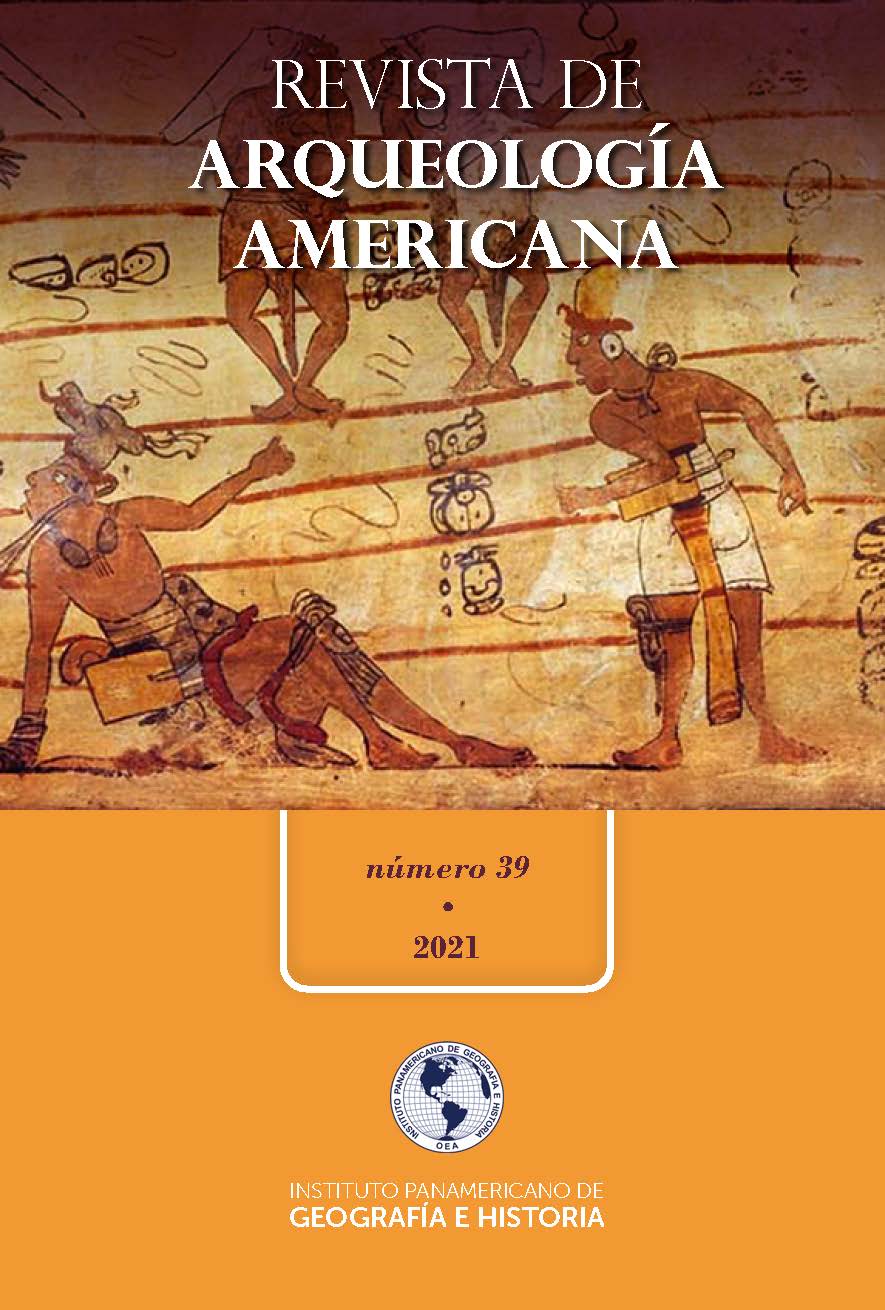Large marine prey hunting in the Antofagasta coast and Tierra del Fuego channels: notes for a cetacean hunting archaeology
Main Article Content
Abstract
Cetaceans are among the largest mammals in the oceans and have been of great importance to the social life of different cultures since ancient times. Among the peoples that inhabited the coasts of America, their consumption favoured economic specialisation, ceremonies and feasts in the service of social integration. Whaling had key economic and symbolic implications for communal reproduction, yet its prehistory appears restricted by the archaeological record. Difficulties in determining the hunt in the absence of direct material correlates have limited our interpretations. In this paper we explore the technical means necessary for the capture and dressing of large marine prey, to examine the prehistoric evidence from two communities, the hunter-gatherers of the northern Chilean coast and the yámanas of southern Tierra del Fuego. The documentary record indicates that whale consumption was opportunistic and that whaling was an occasional event, an episode that in ethnographic cases appears to be linked to social requirements on a supra-familial scale.
Downloads
Article Details
-
Abstract873
-
PDF (Español)649
-
XML (Español)2
